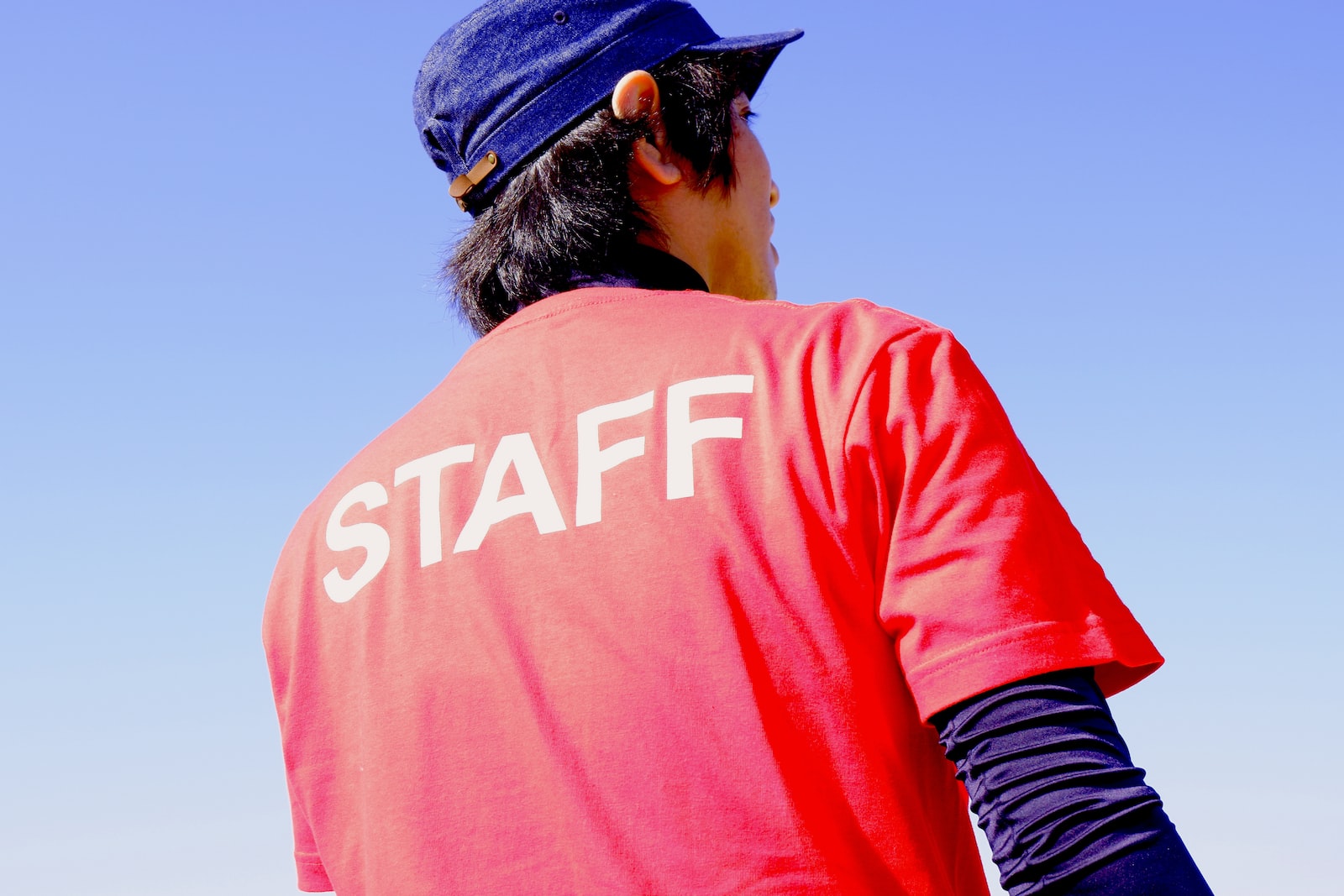Are you a massage therapist struggling with managing your inventory and supplies? As a crucial aspect of your practice, effective inventory and supply management is essential for smooth operations, customer satisfaction, and profitability. In this article, we will explore practical tips for efficiently managing inventory and supplies in the context of massage therapy, so you can focus on providing the best possible care to your clients.
Managing inventory and supplies in a massage therapy practice involves several key considerations. Let’s dive into each of these areas in detail to help you streamline your inventory and supply management process.
Forecasting and Ordering
Accurate forecasting and timely ordering are critical to avoid running out of essential supplies or overstocking items. Keep track of your inventory levels regularly and use historical data, client demand, and business growth projections to forecast your inventory needs. When placing orders, consider lead times, shipping costs, and supplier reliability to ensure a reliable supply chain.
Storage and Organization
Proper storage and organization of your inventory and supplies can save you time, space, and money. Implement a designated storage area for supplies, maintaining cleanliness and organization. Utilize labels, shelves, and containers to categorize items effectively, and adopt a “first-in, first-out” (FIFO) system to prevent spoilage or obsolescence. (20 words)
Usage and Consumption Tracking
Maintaining a record of item usage and frequency aids in informed supply management. Employ a tracking system, such as a logbook or inventory management software, and regularly analyze data for trends, patterns, and improvement opportunities.
Supplier Management
Building and maintaining good relationships with your suppliers is crucial for reliable and efficient inventory and supply management. Research and select reputable suppliers who offer competitive prices, reliable delivery, and quality products. Establish regular communication with suppliers to stay informed on product availability, pricing, and promotions. Negotiate favorable terms, including discounts, payment options, and return policies.
Efficiently managing inventory and supplies is vital for the success of your massage therapy practice. By implementing effective forecasting, storage, tracking, and supplier management strategies, you can optimize your inventory and supply management process, reduce costs, minimize waste, and ensure a smooth workflow in your practice. Start implementing these practical tips today and experience the benefits of efficient inventory and supply management in your massage therapy practice.








